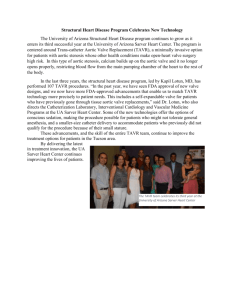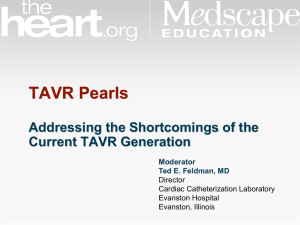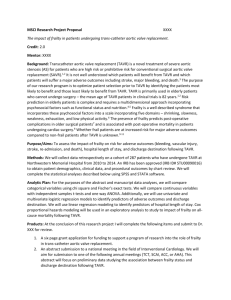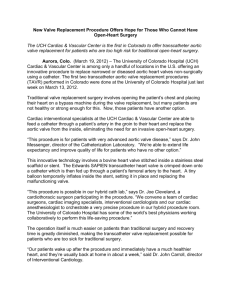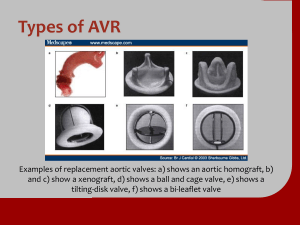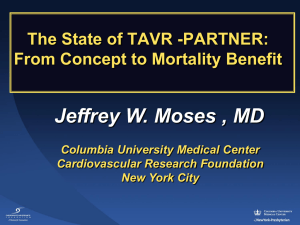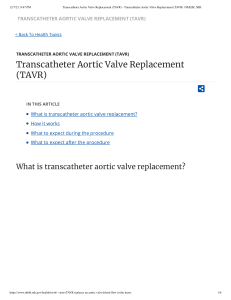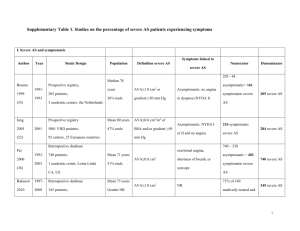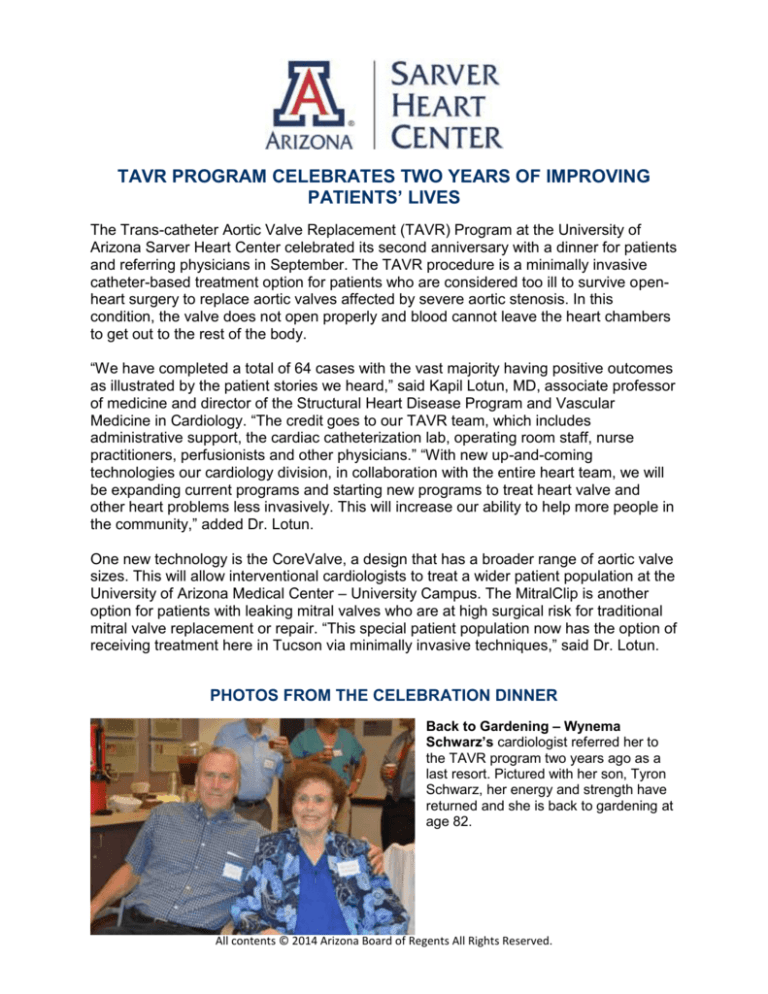
TAVR PROGRAM CELEBRATES TWO YEARS OF IMPROVING
PATIENTS’ LIVES
The Trans-catheter Aortic Valve Replacement (TAVR) Program at the University of
Arizona Sarver Heart Center celebrated its second anniversary with a dinner for patients
and referring physicians in September. The TAVR procedure is a minimally invasive
catheter-based treatment option for patients who are considered too ill to survive openheart surgery to replace aortic valves affected by severe aortic stenosis. In this
condition, the valve does not open properly and blood cannot leave the heart chambers
to get out to the rest of the body.
“We have completed a total of 64 cases with the vast majority having positive outcomes
as illustrated by the patient stories we heard,” said Kapil Lotun, MD, associate professor
of medicine and director of the Structural Heart Disease Program and Vascular
Medicine in Cardiology. “The credit goes to our TAVR team, which includes
administrative support, the cardiac catheterization lab, operating room staff, nurse
practitioners, perfusionists and other physicians.” “With new up-and-coming
technologies our cardiology division, in collaboration with the entire heart team, we will
be expanding current programs and starting new programs to treat heart valve and
other heart problems less invasively. This will increase our ability to help more people in
the community,” added Dr. Lotun.
One new technology is the CoreValve, a design that has a broader range of aortic valve
sizes. This will allow interventional cardiologists to treat a wider patient population at the
University of Arizona Medical Center – University Campus. The MitralClip is another
option for patients with leaking mitral valves who are at high surgical risk for traditional
mitral valve replacement or repair. “This special patient population now has the option of
receiving treatment here in Tucson via minimally invasive techniques,” said Dr. Lotun.
PHOTOS FROM THE CELEBRATION DINNER
Back to Gardening – Wynema
Schwarz’s cardiologist referred her to
the TAVR program two years ago as a
last resort. Pictured with her son, Tyron
Schwarz, her energy and strength have
returned and she is back to gardening at
age 82.
All contents © 2014 Arizona Board of Regents All Rights Reserved.
From Hospital to Karaoke – Billie Jo
Harris (right), originally diagnosed with
chronic obstructive pulmonary disease
(COPD), came to the UA cardiology
practice for a second opinion and
learned she had a valve condition that
qualified her for the TAVR procedure.
Now, she and her husband, Bobbie
Harris, enjoy belting out Karaoke tunes
and singing in the church choir. “We
went to a Karaoke party the Thursday
after my hospital discharge,” said Mrs.
Harris. An 83-year-old composer and
songwriter, one of her songs was
selected to be part of their church’s Christmas music this year.
Back to Globetrotting - Benjamin
Herman, PhD, had his first valve
replacement with triple bypass surgery in
2003. A retired professor and chairman
of the UA Atmospheric Sciences
Program, he is an avid traveler and iris
aficionado who visited Australia in 2013
to attend an iris convention and watch
the penguin parade. During the parade,
he felt dizzy and passed out. When he
returned home, Samir Dahdal, MD,
cardiologist and clinical assistant
professor of medicine, evaluated Mr.
Herman who was approved for TAVR
instead of open-heart surgery. “Since then, I have attended the iris convention in Victoria,
Canada, and a global-warming conference in New York,” said Mr. Herman, who presented
special iris bulbs to Monique Ramirez, RN, BSN, TAVR clinical coordinator.
Ready to Travel - When Betty
Hupp (age 85) woke up following her
TAVR procedure, she told her daughter,
“I feel fantastic. Let’s go on a trip.”
Another family member’s illness has
turned her into a caregiver and delayed
her travel plans, but she intends to go
traveling once the situation improves.
“It’s a pleasure to have this team on our
side. I have a new life,” said Mrs. Hupp,
pictured with Kapil Lotun, MD, associate
professor and director of the Structural
Heart Disease Program and Vascular
Medicine in Cardiology.
All contents © 2014 Arizona Board of Regents All Rights Reserved.

